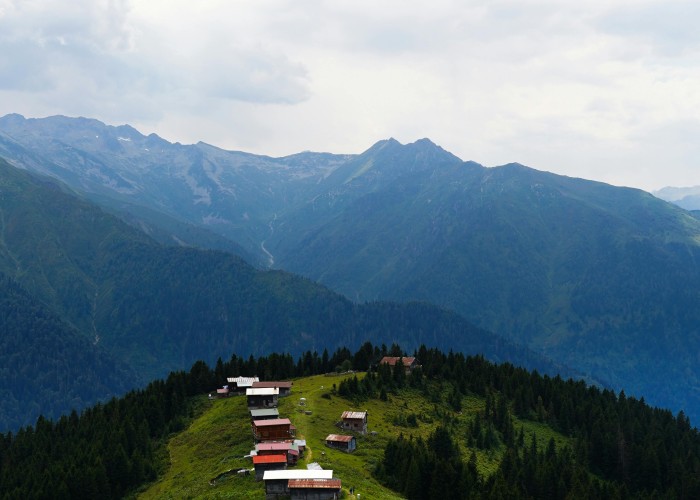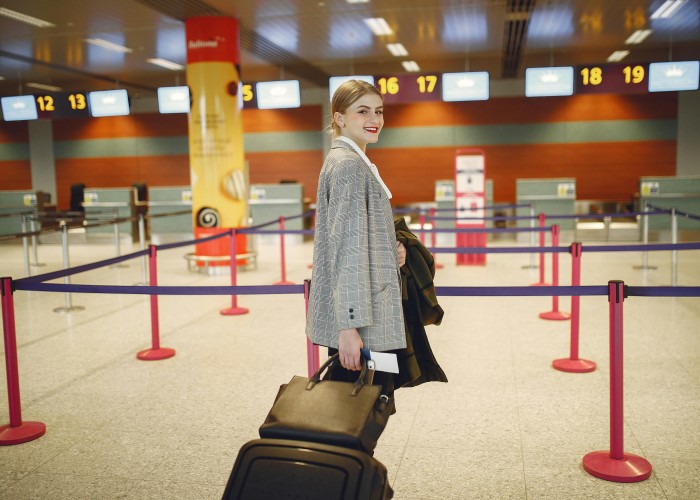The Binntal Valley is a hidden gem in Switzerland, renowned for its remote alpine landscapes, diverse flora and fauna, and peaceful hiking routes. Nestled in the Canton of Valais, it is part of the Binntal Nature Park, a protected area that preserves rare plants, minerals, and wildlife. Binntal Valley Scenic Hike.
- Length: Multiple hiking trails ranging from short 3–5 km walks to multi-day treks.
- Terrain: Alpine meadows, dense forests, glacial streams, and rugged cliffs.
- Highlights: Endangered plants, alpine ibex, marmots, and spectacular valley views.
- Why it’s famous: Binntal Valley is celebrated for its geological diversity, especially its mineral-rich mountains, making it a paradise for nature lovers, hikers, and photographers.
Visitors from the USA, UK, Australia, and Germany are drawn to Binntal for its tranquility, biodiversity, and the opportunity to experience an undisturbed alpine ecosystem.
Best Time to Visit
- Late Spring (May–June): Snow melts and alpine flowers bloom. Trails are mostly accessible, and wildlife activity is high.
- Summer (July–August): Ideal for hiking and camping; longer daylight hours allow for extended treks.
- Early Autumn (September–October): Clear skies, mild temperatures, and colorful foliage make for excellent photography.
- Winter (November–March): Many trails may be snow-covered; only specialized winter routes are accessible for snowshoeing or ski touring.
Tip: Visiting in late spring or early autumn offers the perfect balance of good weather, fewer crowds, and vibrant natural scenery.
How to Reach
By Train
- The nearest major train station is in Fiesch or Brig, with connections from Zurich, Geneva, and Bern.
- Local buses can take visitors closer to the valley trailheads.
By Road
- Driving gives flexibility to explore remote sections.
- Small parking areas are available near the main trailheads. Mountain roads can be narrow and winding, so careful driving is recommended.
By Air
- The closest airports are Geneva Airport and Zurich Airport, followed by train or car travel to the valley.
Entry Fees and Permits
- Trail access: Free for most public hiking trails.
- Protected areas: Some sections may require a small nature park fee (CHF 5–10, subject to change).
- Camping: Only permitted in designated areas; wild camping is restricted.
- Guided tours: Optional, with fees depending on the length and type of tour.
Tip: Always check with the local nature park office for current trail conditions and permit requirements.
Food Availability and Meal Options
- Local villages: Small cafes and restaurants in Binn provide Swiss specialties, snacks, and refreshments.
- On-trail meals: Carry packed lunch, high-energy snacks, and water. Some remote stretches have no food facilities.
- Local delicacies: Swiss cheeses, alpine honey, and locally made pastries are recommended for trail stops.
Tip: Bring at least 2–3 liters of water per person, as mountain streams may not always be safe to drink untreated.
Packing List and Essentials
- Clothing: Layered clothing, waterproof jacket, hat, gloves, and thermal layers in cooler months.
- Footwear: Hiking boots with ankle support; trekking poles for uneven terrain.
- Backpack essentials: Snacks, water, map, first-aid kit, and extra layers.
- Navigation tools: Paper maps, compass, or GPS-enabled device.
- Safety gear: Sun protection, insect repellent, whistle, and flashlight.
- Optional items: Camera, binoculars, or field guide for flora and fauna identification.
Tip: Pack light, but ensure you have all essentials for remote, rugged trails.
Safety Tips and Local Regulations
- Stay on marked trails to protect sensitive habitats.
- Weather vigilance: Alpine conditions can change rapidly; carry a weatherproof jacket.
- Wildlife: Maintain a safe distance from ibex, marmots, and other wildlife.
- Water safety: Streams may be fast-flowing and cold; avoid drinking untreated water.
- Emergency plan: Share your itinerary and expected return time with someone.
- Leave no trace: Take all trash back, avoid disturbing plants or rocks, and respect local regulations. Binntal Valley Scenic Hike.
Tips for Beginners or First-Time Visitors
- Start with shorter hikes before attempting multi-day treks.
- Check trail conditions and difficulty levels before starting.
- Carry adequate food, water, and emergency supplies.
- Wear comfortable, broken-in shoes to prevent blisters.
- Consider a guided tour if unfamiliar with alpine hiking.
Local Customs and Cultural Etiquette
- Language: German is the primary language in Binn; simple greetings like “Grüezi” and “Danke” are appreciated.
- Respect private property: Stay on trails and avoid shortcuts through farms or private lands.
- Quiet appreciation: Keep noise levels low to enjoy the peaceful natural environment.
- Photography: Always ask permission when photographing locals or private property.
- Environmental respect: Follow park rules for camping, fire, and waste disposal.
Frequently Asked Questions (FAQs)
1. How long is the Binntal Valley hike?
- Trail lengths vary from 3 km day hikes to multi-day treks covering 20–40 km.
2. What is the difficulty level?
- Moderate to challenging, depending on the chosen trail. Some steep sections require basic hiking experience.
3. How long does it take to complete?
- Day hikes: 2–5 hours for shorter trails.
- Multi-day hikes: 2–3 days with overnight stays.
4. Are restrooms available?
- Limited to villages or trailhead facilities.
5. Can children hike here?
- Yes, on shorter, easier trails; adult supervision recommended near cliffs or streams.
6. Are dogs allowed?
- Dogs are allowed on leash. Clean up after them and keep them away from wildlife. Binntal Valley Scenic Hike.
7. What is the best time of year to see flowers?
- Late spring and early summer (May–June) for alpine blooms.
8. Is camping allowed?
- Only in designated areas within the nature park. Wild camping is prohibited.
9. Is the trail accessible by bike?
- Some sections are suitable for mountain biking, but most trails are for hikers.
10. Are guided tours necessary?
- Optional, but helpful for learning about local flora, fauna, and geology.
Final Thoughts
The Binntal Valley Scenic Hike is an exceptional destination for those seeking remote alpine adventure, rich biodiversity, and a peaceful retreat from busy tourist spots. Hikers can enjoy:
- Pristine landscapes of forests, meadows, and streams
- Diverse wildlife and rare alpine flora
- Cultural insights into Swiss mountain life and traditions
- Flexible options for both day hikes and multi-day exploration
With proper planning, respect for nature, and safety awareness, visitors from USA, UK, Australia, and Germany can experience an unforgettable journey in one of Switzerland’s most beautiful and untouched valleys. Binntal Valley Scenic Hike.






Leave a Reply